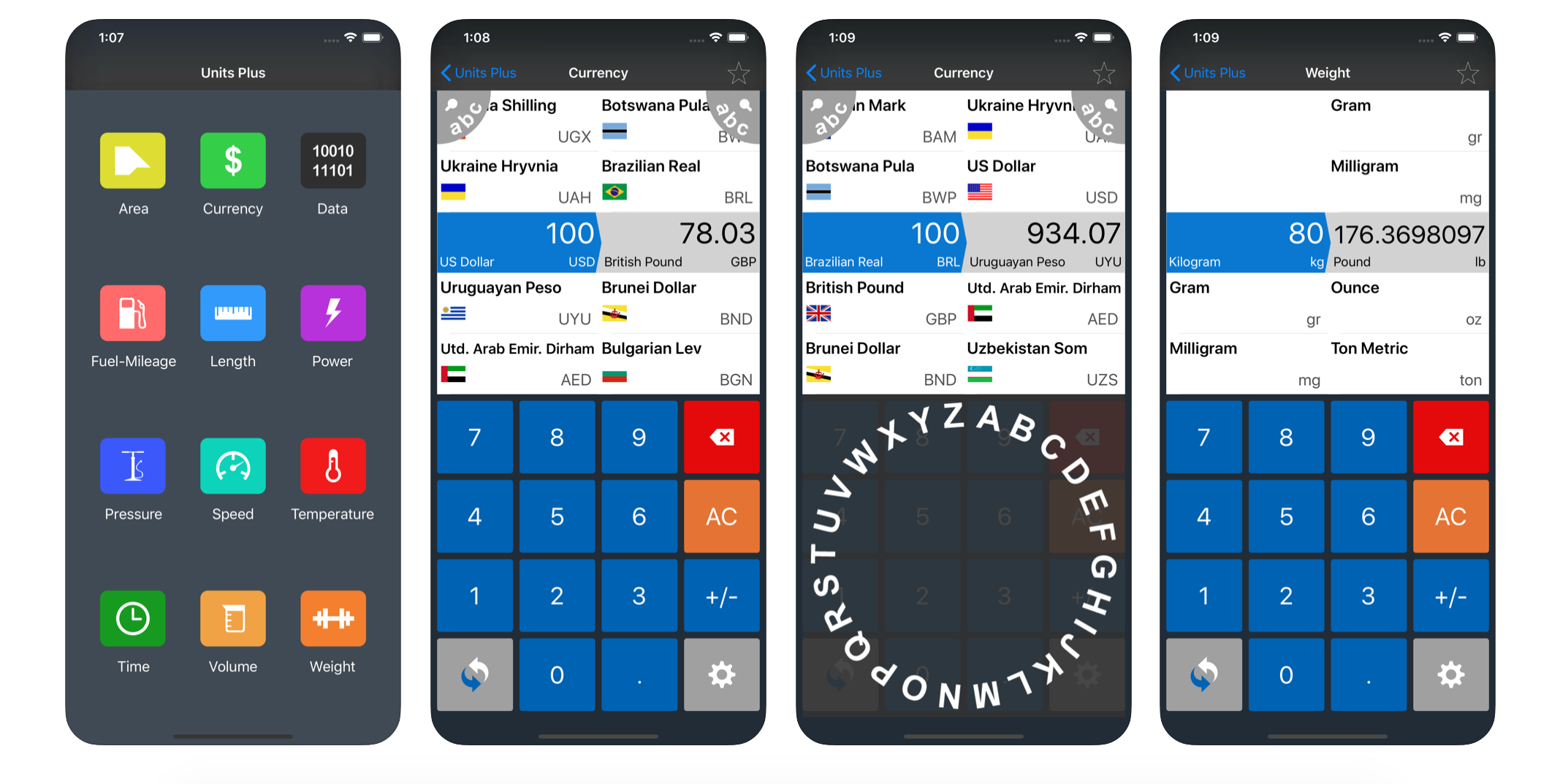
Starting over in a new city, let alone in a new country, can be daunting. The good news? There are plenty of online tools and apps to help ease the transition for recent immigrants to the United States.
Below are some of the best apps and websites for new immigrants, with the pros and cons of each. All of the apps listed below are free, though some offer up-sells to a different version with less advertising.
1. FindHello

FindHello was created by non-profit USAHello to provide quick access for new arrivals to find services and resources, from lawyers, to childcare, to maps. USAHello was founded to provide digital resources to help immigrants, refugees, and asylum seekers settle into their new communities. The app focuses on connecting users with local services on a community level.
Pros:
- There is no need to create a login and remember a password.
- Information is downloadable and can be accessed whenever needed.
- Available as a web page and as an app.
Cons
- Not a lot of direction or help options on the app or page.
- Currently only available in English, Arabic, and Spanish.
2. Homeis

Created by an Israeli immigrant, Homeis positions itself as the social media app for the newly arrived. It strives to combine features found on other social media sites, like groups and pages, into one place that is targeted specifically for foreign-born residents. Homeis aims to provide all the comforts of social media — for example, events, recipes, or just interpersonal connections — while providing a larger dose of cultural inclusion. It is specifically targeted to connect people from the same geographic or cultural background.
Pros:
- Homeis was created by immigrants who strongly identify with the challenge of suddenly having two homes — the place you live now, and the culture and community you are from.
- It’s growing into Canada. Homeis currently connects South Asians in Canada as well as the United States, with plans to connect more communities.
Cons:
- The app’s content silos and design filters drive most of its negative reviews. For instance, the jobs section includes content both from people looking for jobs and people looking to fill positions, with no way to sort it. The same complaint was made about housing; content included a mix of individuals looking for housing with housing opportunities.
- Right now the app only offers content for people who speak English, French, or Spanish.
3. Settle In

While geared toward refugees, Settle In offers resources useful to anyone looking to set up a residence in the United States from another country. The app provides information on housing provisions, looking for a job, and practicing a language. Information is presented in several ways, including through quizzes and games. Settle In, created by refugee support program Cultural Orientation Resource Exchange (CORE), is aimed at providing cultural orientation tools — the skills and resources need to adapt to life in the US.
Pros:
- Easy-to-use interface.
- Up to six people can have accounts on the same app.
- Currently available in English, Arabic, Kinyarwanda, Swahili, and Dari.
Cons:
- Content is primarily aimed at refugees so it may not always be relevant for other users.
4. Google

Google offers a variety of individual apps that can meet a slew of needs:
- Google Maps not only provides directions, but also public transportation information, including walking directions to the nearest public transport station or stop and car service ordering capabilities. If you get hungry along the way, dining options are quickly available as well as other services such as nearby gas stations. If you don’t want to use up your data, Google Maps has the option to download maps ahead of time.
- Google Translate offers an easy interface and 90 languages.
- Google Assistant is an alternative to Siri or Alexa. Ask it anything, and get Google search results.
- Google Earth and Street View can orient you to where you are, and provide a glimpse of places you might miss.
Pros:
- Google covers the basics, like getting somewhere or translation with support for 109 languages, depending on the app.
Cons:
- While Google has strict security protocols, it does collect data and is occasionally a little vague on what it uses that data for.
- Google Translate is still artificial intelligence doing the translating. It is not going to be accurate 100 percent of the time.
5. Unit Converter

Less than 10 countries — including the United States — use the Fahrenheit scale when talking about temperatures, and only three countries measure distance in inches and feet. But no worries — Unit Converter quickly converts units of measurements, making it that much easier for a new immigrant to assess the weather outside, bake a cake, or shop for produce.
Pros
- Unit Converter covers a large number of unit sets, including currency, area, data, mileage, power, pressure and speed.
Cons
- The free version of Unit Converter does not have the ability to swap variables. For instance, if you were converting American dollars to Canadian dollars, to convert Canadian dollars back to American, you would need to start a new conversion.
Boundless is dedicated to helping immigrants throughout the immigration process, even after they have successfully obtained a green card through our immigration app. Check out our guides for the five best finance apps and the best apps to prepare for the U.S. Citizenship Test!